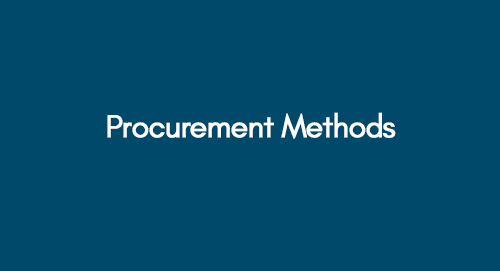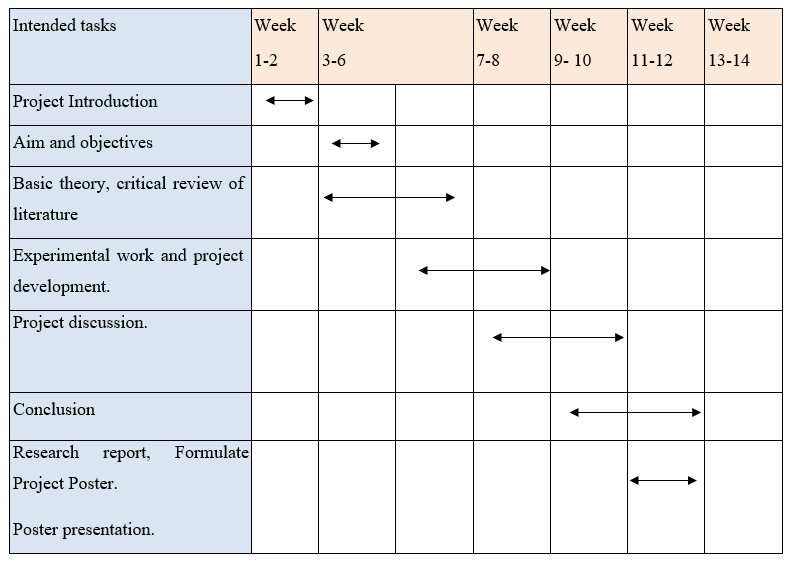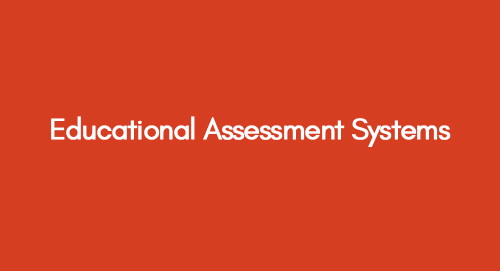
Analyzing the Significance of Procurement Methods in Project Management
December 19, 2020![Mediation-in-Qatar-[Questionnaire]](https://premierdissertations.com/wp-content/uploads/2020/12/Mediation-in-Qatar-Questionnaire-1.jpg)
Questionnaire Survey for Mediation in Qatar
December 19, 2020This project is all about making special equipment and technology for turning air into liquid and separating it. When we use this in the company's system, it will help things work better at the start of the process.
In this section, we present the framework and systematic approach that delineate the roadmap for our project, outlining the steps and methodologies crucial for its successful execution.
Introduction to the Project
The LNG Company is interested in enhancing and restructuring its existing Air Separation Unit (ASU). LNG built the 3rd LNG train in 2005 and the 3rd nitrogen separation unit. Since then, the company has had difficulties in maintaining its nitrogen reservoir and product specification.
Assessing How to Write Dissertation Aims & Objectives
The aim of this project is to design and develop the apparatus and technology for Air Liquation and Separation, which the company could integrate into their existing system; to optimise the upstream processing. The project aim is to be achieved by undertaking and successfully completing the following key phases;
- Conducting a critical review of academic literature on ASU, air liquidation, separation and process optimisations; The Literature Research Phase
- Performing carefully engineered sets of experimentations to validate as well as enhance the existing technology of ASU; The Investigative Phase
- Preparing a detailed report on the analyses completed; The Dissemination Phase
Project Methodology
As outlined previously, the methodology of this project has been categorised into three distinct phases, details of which have been outlined below.
Phase 1 - The Literature Research Phase
This phase will use a positivist approach to collect qualitative data from the literature review. The secondary data source will be comprised of academic journal articles on ASU and related technologies. The main themes of the literature review will include published data related to the development and processing of air separation into nitrogen and oxygen. This data will outline a comparison of different separation processes and the use of technology in LNG to produce Nitrogen.
Gain further insights into the secondary data relevant to the study
In order to analyse various techniques used in the LNG processes and to familiarise myself with current technology and procedures, detailed secondary research will be conducted. This will include comprehensive analyses/studies of ASU process drawings, operational layouts, designs, and operating manuals. Moreover, the operating procedure of ASU, the related material safety data sheet and troubleshooting methods will also be critically reviewed in this phase of the project development.
Phase 2 – The Investigative Phase
In the Investigative phase, experimentations will be completed to collect quantitative data for the project. This phase is considered pivotal, as it is aimed at determining the technical solution for LNG problems. Therefore, a comprehensive strategy has been devised to complete the investigative analyses of this project.
The Impact of Technological Advancement on the Construction Industry
Firstly, the actual startup of ASU equipment will be carried out through the existing manufacturing start-up procedures. The startup procedure will be carefully reviewed and acknowledged during this process, and liquid nitrogen will be produced by the end of this activity. Then in the second step, experimentation on the product purity will be performed. The unit capacity tests will be carried out along with nitrogen consumption tests, machinery reliability and efficiency tests, and the control systems test of ASU. The product quality test, including sampling, will also be conducted during this project phase.
The statistical results from experiments will then be collected, analysed, and compared with the findings from the literature reviewed. This analysis and discussion of the results obtained will assist in finding the required solution for ASU process optimisation. The modification plan for improving/optimising ASU apparatus and processes will then be formed based on the research findings. The implementation procedures will be outlined, and recommendations will be drafted; to utilise the best solutions effectively and optimise the processes involved. In the final step, the planned modifications will be implemented by performing the re-engineered experimentations, and the feedback will be recorded, which will be based on the results obtained from the changes implemented. The test phase of implementation will be around two to three weeks, and all the changes in ASU (new implementations) and the new experimental results will be appropriately documented.
Phase 3 – The Dissemination Phase
The final project report will be completed and submitted in the final phase of this research. The report will include the project introduction, aims and objectives, basic theory, critical review of literature, experimental work completed, developments, discussions and conclusions. The project poster will also be formulated and presented in this phase of the project. The Project Gantt Chart for this project has been outline as below;
Project schedule- Gantt chart
Get 3+ Free Dissertation Topics within 24 hours?













